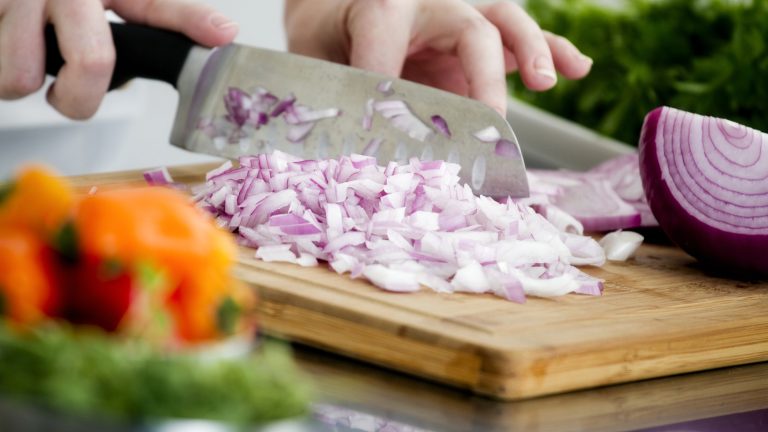Crepes are a fancy-sounding culinary achievement, but they are actually quite simple to make and quickly liven up a range of dishes from breakfast to dessert. Essentially a thin pancake (as they are made without leavening), crepes can be gently folded around just about any ingredients. Classic sweet fillings include jam, butter, and sugar; or branch out with a crepe breakfast scramble or a hearty lunch of chicken, mushrooms, and avocado. If you are feeling adventurous, go full on Instagram-worthy with one of the French cakes you need to try at least once – layers of flat, round crepes stacked high with cream sandwiched in between in a crepe cake.
Crepes come together quickly, relying only on flour, milk, and eggs, but there are some tricks of the trade that will help any newbie achieve kitchen success. Culinary maven Martha Stewart offers a genius hack for perfect crepes every time: using a blender to bring together the crepe batter. This tested method not only ensures the batter will have a smooth consistency, it also allows you to easily portion the batter in the pan and makes clean-up a snap since you skip the mixing bowl.
Watch the time and practice makes perfect
The delicate texture of crepes make every day feel special. Thanks to the blender, you are more than halfway to crepe heaven. According to Stewart, timing will be key both for resting the mixture after you’ve blitzed the ingredients (about 30 minutes to let the ingredients meld) and when you actually cook the crepes (they only take about 45 seconds on each side). For ultimate ease and a quick start in the morning, make the mixture in the blender the night before and leave it covered in the fridge.
Other pro chefs have offered up valuable nuggets to make crepe prep less daunting. Original master chef Julia Child achieved fame by making French cooking accessible to the home cook, and she advised always starting with a tester crepe to check the heat level of the pan as well as the optimal amount of batter to use for each crepe. Another pro hack is to watch for the edges of each crepe to brown slightly so you’ll know when it is time to flip. Use these tried and true tips and, by the time you get to the bottom of the blender, you’ll have achieved crepe making prowess. If you find yourself with extra crepes, they keep well for a few days in the fridge (with paper towels or waxed paper in between and slid flat into a gallon zip top bag to keep them moist).






